Creativity Takes Courage: How Long Island Art Museums are Responding During COVID-19
Gallery image from Nassau County Museum of Art, Heroines of Abstract Expressionism and FEM.
April 22, 2021
In July 2020, artist Mary Cathryn Roth was inspired by lockdown to assemble a darkroom in her own house. Influenced by Henry Fox Talbot, Roth began to work on a new project for Islip Art Museum’s open call—Art at 50 Plus: New Beginnings. Having celebrated her 50th birthday in quarantine, Roth was greeted with the news that she was negative for the BRCA gene test for breast cancer. Her piece “Photogram Triptych: Breast, Hand, Macedonia,” now on view at Islip’s virtual exhibition, reflects her journey and “the creative impulse to always create again.” “I love lockdown to focus on my art again,” Roth said.
When the world went dark in March, museums and artists were apprehensive about their futures. Large museums and smaller regional galleries alike needed to rethink their plans to survive in the current landscape. But as Holly Gordon, curator of the Art at 50 Plus: New Beginnings exhibition, says, “The show must go on.” And it did.
In the summer, Gordon curated a trail-blazing exhibition consisting of work from nearly 600 artists. “Change and challenge are inevitable,” she explained. “My role as curator was to weave a cohesive visual story into this exhibition that will provide [viewers] with discovery, renewed hope, and a sense of unity for our new beginnings.”
The New Beginnings exhibit is a perfect symbol of persistence and hope in these difficult times. Not only do some works reflect on the pandemic, but the artists also challenge today’s political climate. Lynn Marpodi’s “See Me,” Ben Cross’s “Our Journey,” and Regina Silver’s “Fist Protest BLM #2” were all influenced by 2020’s political currents. While Islip Art Museum has not reopened for in-person visits, virtual viewing has been made more accessible through its website. On view now, the virtual exhibition, “I Am! At IAM,” is narrated and reflected on by Islip Arts Council member, Brianna Coccia, as she guides viewers through the works of twenty-seven female artists. Their work encompasses the sacrifices women endured to win the right to vote and finally proclaim, “I am” a full citizen.
Though Islip Art Museum has chosen not to reopen yet, other museums have implemented precautionary measures to allow visitors in. At the Nassau County Museum of Art, a timed ticketing and touch-free entry system, along with signage, frequent cleaning, and staff monitoring ensure the safety of visitors. In the second-floor viewing rooms, one party is allowed in at a time.
The Nassau County Museum of Art reopened in July with a new show revolving around the many meanings of the world’s most popular color, called “Blue.” “Blue” consists of work from sculptures to ceramics by Picasso, Matisse, Joan Miró, Helen Frankenthaler, and more. “We are thrilled to open the Museum to our community again with this beautiful and serene show, an oasis of serenity and beauty that is sorely needed,” said Angela S. Anton, president of the Museum board of trustees.
Along with “Blue,” the exhibition “Heroines of Abstract Expressionism & FEM” is also on view virtually and in-person. With the centennial of the ratification of the 19th Amendment and Women’s History Month, local institutions are stepping up to display, discuss, and spotlight artwork created by women throughout history. Curated by Richard P. Friedman and Cindy Lou Wakefield, the collection consists of work by remarkable women who contributed to the Abstract Expressionist movement. Dr. Charles A Riley II, Museum Director, explained, “It’s really important that this time has come. This is one of the most proud moments in the history of the Nassau Museum.” In the virtual tour, museum directors and educators share their insights on the works of art.
The Heckscher Museum of Art, which reopened in August, installed a new mini-exhibition: Balancing Act: Three Sculptures by William King. The installation features stainless steel sculptures that at first glance look precariously balanced. Karli Wurzelbacher, curator of the exhibit, explained, “The themes they address are central to our shared human experience and strike me as especially timely. I’m thrilled that King’s freewheeling figures can populate the space and greet our visitors.” Also on view is “Wood Gaylor and American Modernism” and “Connie Fox: The Sammy’s Beach Series.” Now, the Museum is planning its centennial exhibition: Tracing History, Inspiring the Future, which will be on view starting in July. The collection explores the development of the Heckscher Museum of art since its founding in 1921.
Besides the exhibitions, the Nassau County Museum of Art has been expanding its online presence. In October, the Museum launched the “Art with Heart” campaign, providing therapeutic help for those in need through art classes and tours, art therapist livestreams, and live outdoor activities. More of their online offerings can be found here.
Like the Nassau Museum, the Heckscher Museum has found new ways to engage the community. The “Heckscher at Home” initiative brings virtual exhibits, kids projects, and educational programs such as Book Group, H@H Kids, and the Youth Ambassador Program, to families at home. “Let art be a respite,” writes Executive Director Michael W. Schantz.
Even though these museums have adapted successfully during the pandemic, their transition has not been easy. Without sufficient government funding, museums have turned to private donors for help. During the Nassau County Museum of Art’s four-month closure, its revenue halted and they faced a financial challenge. Thankfully, in 2020, 72% of funds came from new donors and the Museum was able to raise a record $153,500, allowing it to continue its exhibitions, education programs, and online programming that provide solace and inspiration, especially during this stressful time.
“Art really is a wonder drug,” Holly Gordon affirms. “In our isolation, we became connected.”

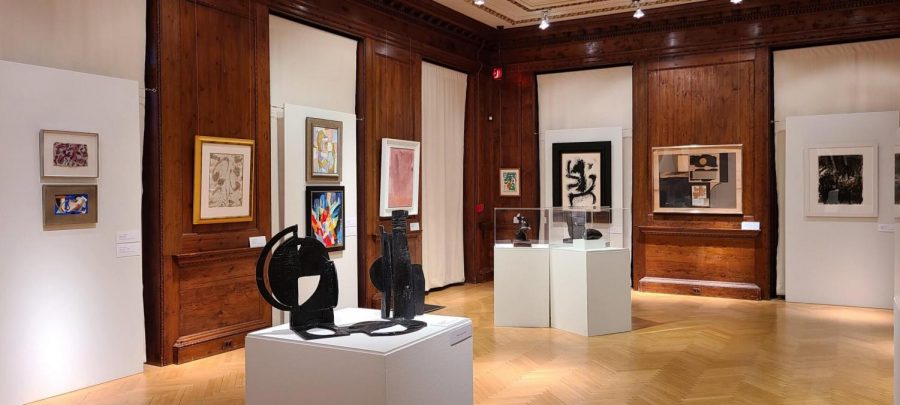
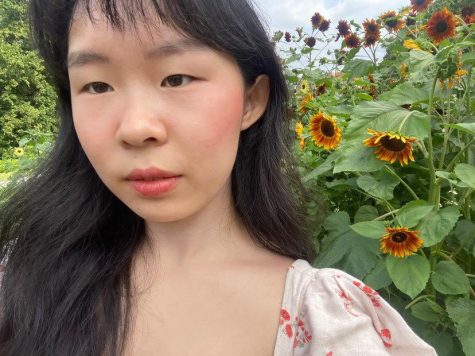
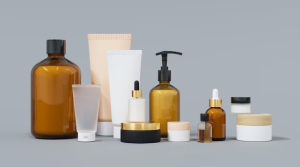

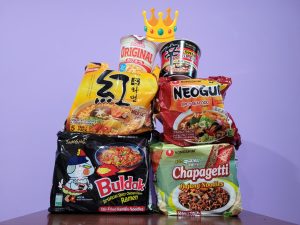
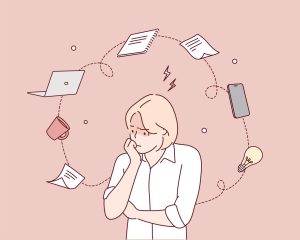
Holly Gordon • May 20, 2021 at 6:13 am
Dear Sophia–What a wonderful ARTicle you wrote and now, as I curate the 2021 virtual exhibition FOREVER YOUNG, I get chills thinking back to the NEW BEGINNINGS process. I do hope that you check out our exhibit in process that will be viewable stARTing July 1st. the virtual reception will be July 10th and August 14th the closing reception will feature a selection of pARTicipating ARTists who will discuss their work and process. The patina of age gives depth and perspective to ideas and attitudes and seniors are society’s silent asset. See for more information: https://islipartmuseum.org/2021_Vshow_Young.html
Also please check http://www.hollygordonphotographer.com to learn about our book Parallel Perspectives: the Brush/Lens Collaboration by Holly Gordon and Ward Hooper (now 92). This book was inspired by the Long Island landscape and is filled with positivity, innovation and resilience…and ties into ART history as well. Thank you